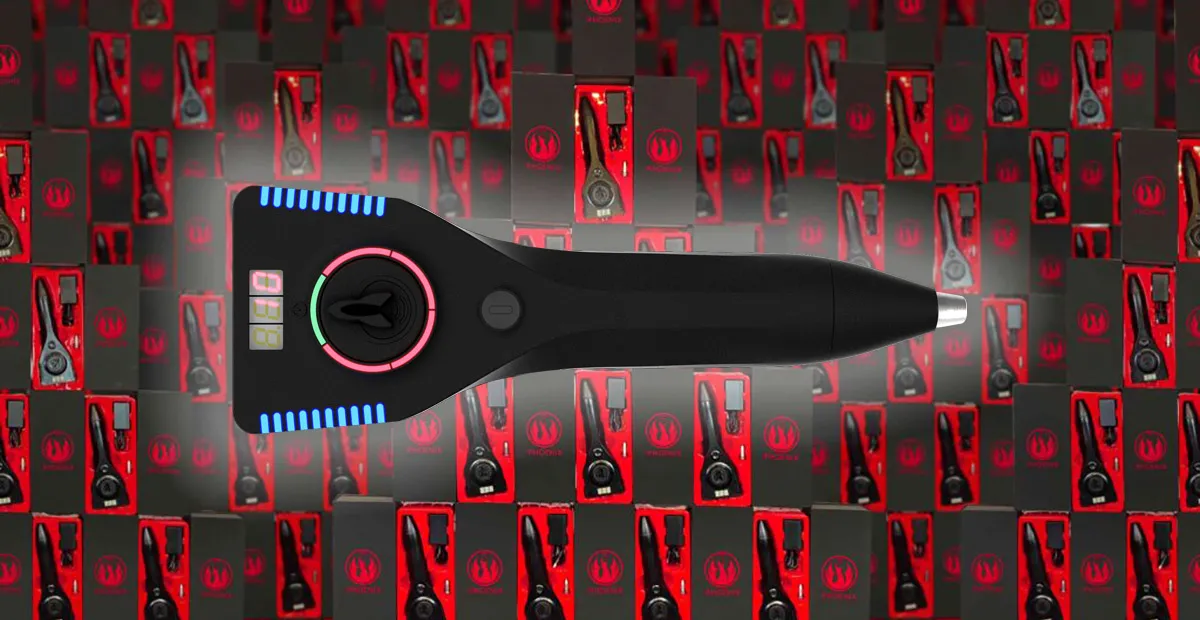
One in five men suffer from erectile dysfunction - and for men in the 50s or older, the proportion is over 50%. The biggest cause of ED is a vascular or circulatory problem. The ability to achieve and maintain an erection depends on strong blood flow.
Although ED can be treated with drugs called PDE-5 inhibitors (Viagra, Cialis, Levitra, Stendra, and generic equivalents), most cases cannot be cured. PDE-5 inhibitors are not effective for all men, and even when they are effective, they take away the spontaneity from sex since they must be taken 30-60 minutes beforehand.
There is a relatively new treatment option called Low Intensity Extracorporeal Shockwave Therapy (LI-ESWT) - or shockwave therapy - which can deliver long-term relief for erectile dysfunction.
Clinical studies have shown that shockwave therapy can reverse the effects of erectile dysfunction, especially for men with mild to moderate ED. Studies have also shown that the benefits of shockwave therapy last about two years, after which the treatments must be repeated.
Shockwave therapy uses a device that produces high-frequency sound waves. The device is passed repeatedly up and down the penis, in a session that lasts 20-30 minutes.
The treatment has two effects:
• It damages the tissues of the penis at a cellular level, which triggers a process called angiogenesis, or the creation of new blood vessels.
• It breaks up plaque that may block existing blood vessels.
Clinical studies have shown that shockwave therapy also helps to alleviate Peyronie's Disease, a condition that causes painful, curved erections.
Shockwave treatment is usually administered in a clinic over a period of 6-12 weeks; the total series of treatments will cost $3,000 to $6,000.
Recently a Southern California company has released a home treatment device called the Phoenix, which produces the same frequency and intensity of shockwaves as clinical devices. The Phoenix sells for $749, bringing the cost of shockwave therapy within the reach of almost every patient.